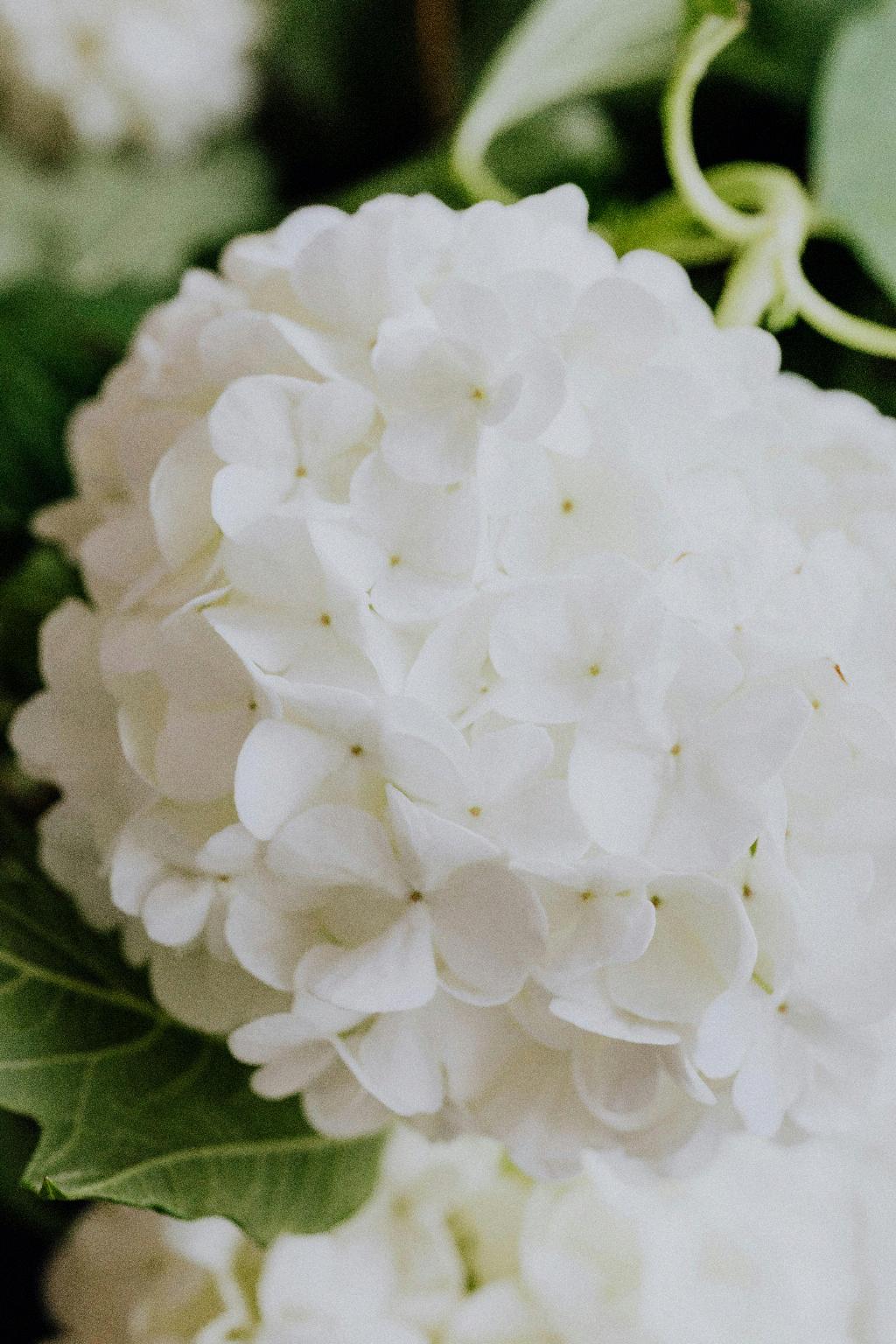Pruning hydrangeas can be a bit confusing, especially when trying to determine the right timing. One crucial factor to consider is the type of hydrangea you have in your garden. For bigleaf hydrangeas, the optimal time to cut them back is after the flowers have faded in late summer. This is just before the plant enters its dormant phase. It’s important to use sharp and clean trimmers to make precise cuts.
Pruning Techniques for Hydrangeas
When you’re ready to prune your bigleaf hydrangeas, it’s essential to trim them back to a set of healthy buds. Look for buds that show signs of new growth, as these are where the plant will grow from in the next season. Cutting the stems just above a pair of leaves will help promote new growth and ensure the health of the plant.
Winter Pruning for Hydrangeas
In addition to the post-flowering pruning in late summer, a more aggressive trim may be necessary for bigleaf hydrangeas. During the winter months, consider removing any gray, older, or dead stems to encourage new growth and improve the overall appearance of the plant. Careful pruning during this time can set the stage for a flourishing hydrangea in the coming year.
The Importance of Proper Tools
Having the right tools for pruning hydrangeas is essential for ensuring clean cuts and the health of the plant. Investing in a pair of high-quality trimmers will make the pruning process much smoother and more effective. Remember to keep your tools sharp and clean to prevent damage to the plant and promote quick healing after pruning.
Understanding Dormancy in Hydrangeas
Hydrangeas, like many plants, go through a period of dormancy where growth slows down, and the plant conserves energy. Pruning just before this dormant phase allows the plant to focus its energy on healing and preparing for the upcoming growing season. By timing your pruning correctly, you can help your hydrangeas thrive.
Considerations for Different Hydrangea Varieties
While the guidelines for pruning bigleaf hydrangeas are fairly specific, it’s essential to remember that different hydrangea varieties may have slightly different pruning requirements. Be sure to research the specific type of hydrangea you have in your garden to ensure you’re following the best practices for that particular variety.
Monitoring Hydrangea Health Throughout the Year
Regularly checking on the health of your hydrangeas can help you identify any issues that may require pruning. Keep an eye out for wilted or damaged stems, as well as signs of disease or pest infestations. Prompt attention to these issues can help maintain the overall health and vitality of your hydrangeas.
Creating a Pruning Schedule
Establishing a regular pruning schedule for your hydrangeas can help ensure that they stay healthy and vibrant year after year. By noting the optimal pruning times for your specific hydrangea variety and setting reminders for when to perform these tasks, you can take the guesswork out of maintaining your plants.
Benefits of Pruning Hydrangeas
Pruning hydrangeas isn’t just about maintaining the appearance of the plant—it also plays a vital role in promoting new growth and overall plant health. By removing dead or damaged stems, you can stimulate the growth of fresh, healthy shoots and encourage a fuller, more robust plant.
Consulting with Gardening Experts
If you’re unsure about the best pruning practices for your hydrangeas or have specific questions about caring for your plants, don’t hesitate to reach out to gardening experts or local plant nurseries. They can provide valuable insights and personalized advice to help you keep your hydrangeas looking their best.
Conclusion
Pruning hydrangeas may seem like a daunting task, but with the right knowledge and techniques, you can help your plants thrive. Remember to prune your bigleaf hydrangeas after the flowers have faded in late summer, using sharp trimmers to make clean cuts just above a pair of healthy buds. Consider a more extensive prune in winter to remove any older or dead stems and promote new growth. By staying attentive to your hydrangeas’ health and following a consistent pruning schedule, you can enjoy beautiful, flourishing plants year after year.

